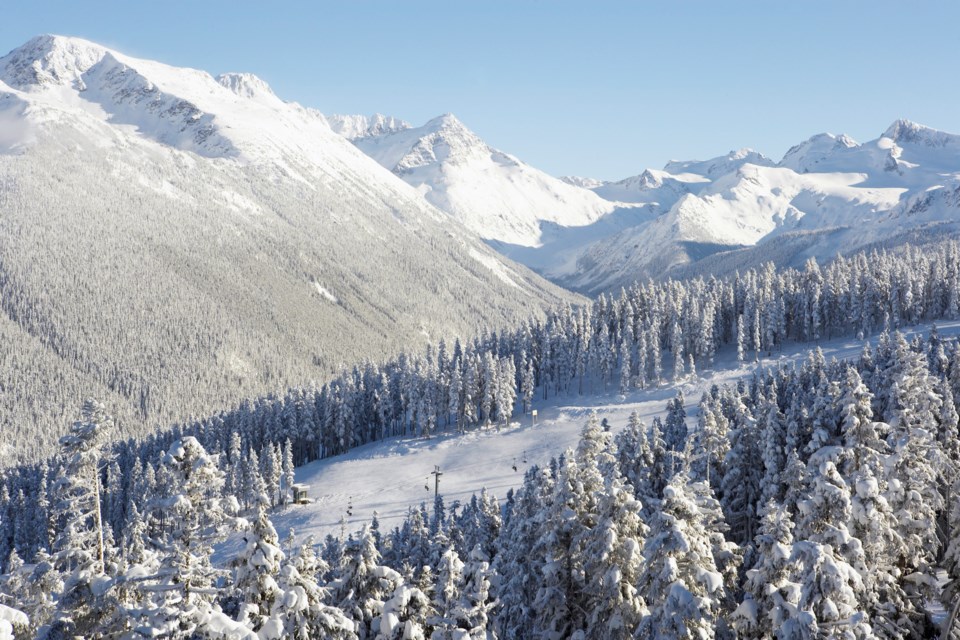Last week I wrote a letter focused on skiers’/riders’ role in on-hill safety. But what about Vail Resorts?
Since purchasing Whistler Blackcomb, Vail has dramatically increased lift capacity with no corresponding increase in trail capacity. This is particularly evident at choke points (i.e., top pitch of Harmony Ridge) and when weather keeps many out of the alpine or concentrated on few runs.
Obviously there are many factors which contribute to on-hill injury rates (weather, conditions, amount of terrain open, grooming, guest competence) and trail congestion is only one variable. Ski areas collect data about injuries and report it to the Canada West Ski Areas Association (CWSAA) as number of injuries per 1,000 skier/rider days. In the absence of data transparency, perhaps the CWSAA could spearhead an initiative looking at the role of trail congestion in relation to injuries, and provide insights to the public. Is it time to establish the equivalent of room capacities for Whistler Blackcomb, which fluctuate with the amount of terrain open?
At Whistler Blackcomb, loading and unloading accidents seem to be increasing. Lots of people either can’t count to six or don’t pay attention. I’m aware of at least one serious accident that resulted from seven people trying to load a chair. Mountain Hosts used to act as line monitors and assist with queues and loading, and lifties used to be more attentive. Improved training and on-hill monitoring of lifties might address their attentiveness, and lines staffed by either Mountain Hosts or safety staff during busy times could reduce loading accidents. A little signage (here I’m thinking T-bars) encouraging those unfamiliar with lifts to ask a lift attendant for guidance might help.
Although I’ve heard they’ve been trying to bring safety staff (“yellow jackets”) back, I didn’t see any all season until this last weekend, when three appeared together in the Emerald Chair lift line. One had a drill (perhaps staffing the event in the terrain park?). Yellow jackets used to be posted at high crash areas during busy times to deter speeding and out-of-control guests. I’ve heard they also helped set up slow zones and family zone signage, merge signage and fencing, too. And they could pull passes and tickets. Although over time I’ve seen some signage return, there is far less safety signage than previously—and merge signs in particular are small. I haven’t heard of suspensions in ages.
Whatever happened to signage on lifts, towers and bathroom doors that reminded mountain users of the mountain safety code? Bringing those back too might help. This could be supplemented by offering a discount on pass/ticket/food prices for skiers and riders that pass an online safety quiz prior to hitting the mountain.
Skiers and riders need to be aware and respectful of what is happening around them to avoid injuring themselves and others. But Vail Resorts—it’s time for you to take a long hard look at how the changes you’ve made have impacted on-hill safety, too.




